The bluebells are here – there's no better time for a woodland nature trail than now
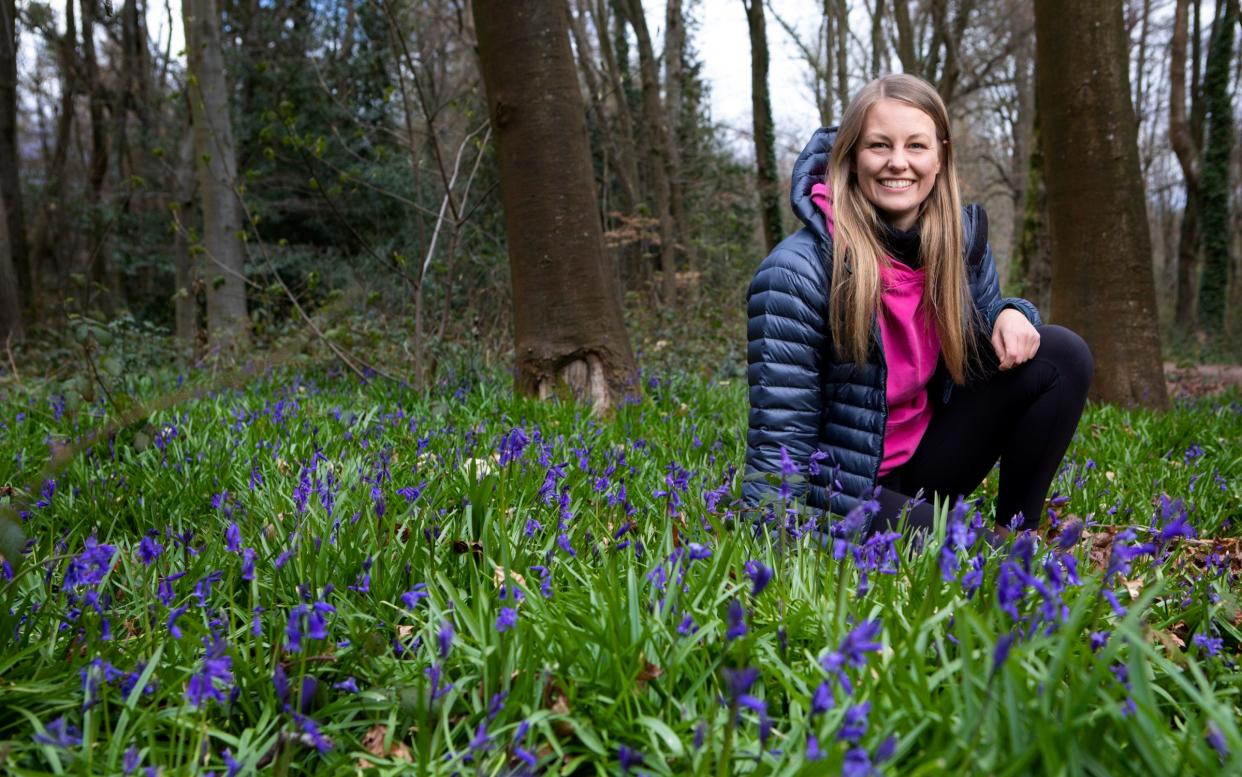
What sight could be more magical, after the year we’ve all had, than an ethereal blanket of bluebells? With their unmistakeable bell-shaped forms, upturned tips, deep violet hues and delicately intoxicating, sweet-smelling floral fragrance not dissimilar to that of hyacinths, their appearance in dappled light is a spectacle I look forward to every year.
There’s a gentle, balmy laziness to their inflorescence (the way the cluster of blooms is arranged on the stem) as they nod and droop, hanging loosely to one side.
It’s no wonder that the humble, purple-hazed bluebell (said to signify gratitude, humility and constancy) is so widely regarded as the favourite flower of this weather-obsessed isle. Best seen between mid-April and May, they bloom in the south first, spreading to the north as spring progresses.
One of my favourite places to seek out carpets of bluebells at this time of year, particularly with little ones in tow, is the area surrounding the Bluebell Railway tourist attraction in East Sussex, set to reopen on Thursday 20 May for bookings (bluebell-railway.com).
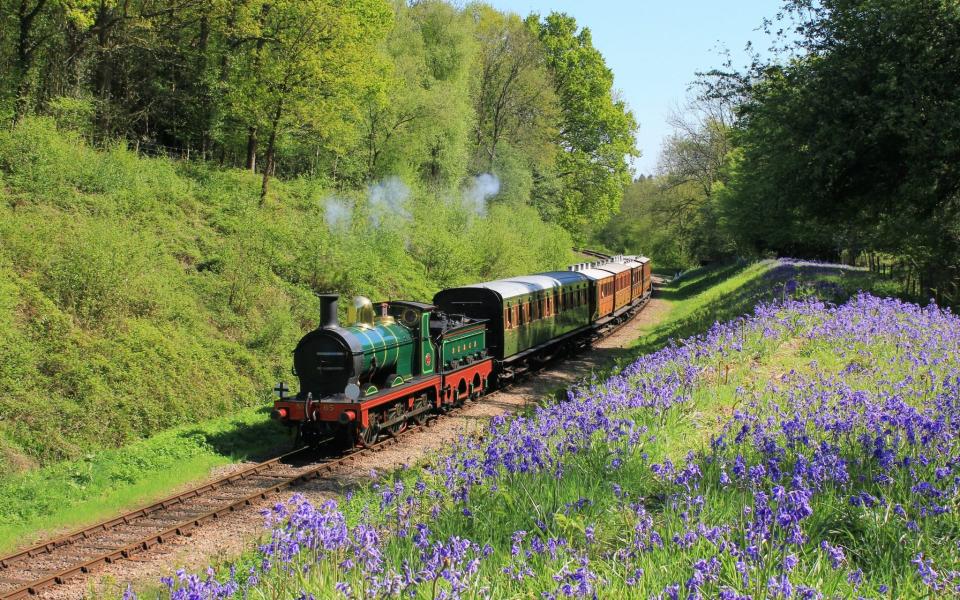
The experience combines vintage steam train rides and dining with bluebells galore along an 11-mile-long line between Sheffield Park and East Grinstead, calling at the pretty villages of Horsted Keynes and Kingscote.
There’s plenty of bluebells to be admired in the grounds of the National Trust’s Sheffield Park and Garden itself, too. The garden bluebells nestle among rhododendrons and fritillaries, but the best display is to be found along the tranquil Walk Wood trail.
The East Park circular also rewards walkers with a good show of bluebells and views across the lakes, with dogs able to run off-lead (nationaltrust.org.uk/sheffield-park-and-garden).
Nearby, Heaven Farm campsite boasts a conservation award-winning bluebell nature trail, along which you’ll also find celandines (a low-growing perennial herb in the buttercup family) and white, musky wood anemones.
The Stable Tea Rooms and Latchetts Ice Cream Parlour at Heaven Farm are the perfect pitstop for takeaway lunch and “cow-to-cone” honeycomb or banoffee gelato made with freshly pasteurised milk - well-earned after all of those bluebell-themed adventures (heavenfarm.co.uk).
The Arlington Bluebell Walk and Farm Trail at Bates Green Farm is another site of pilgrimage for bluebell fans in Polegate, East Sussex (bluebellwalk.co.uk), which usually attracts thousands of visitors in April and May.
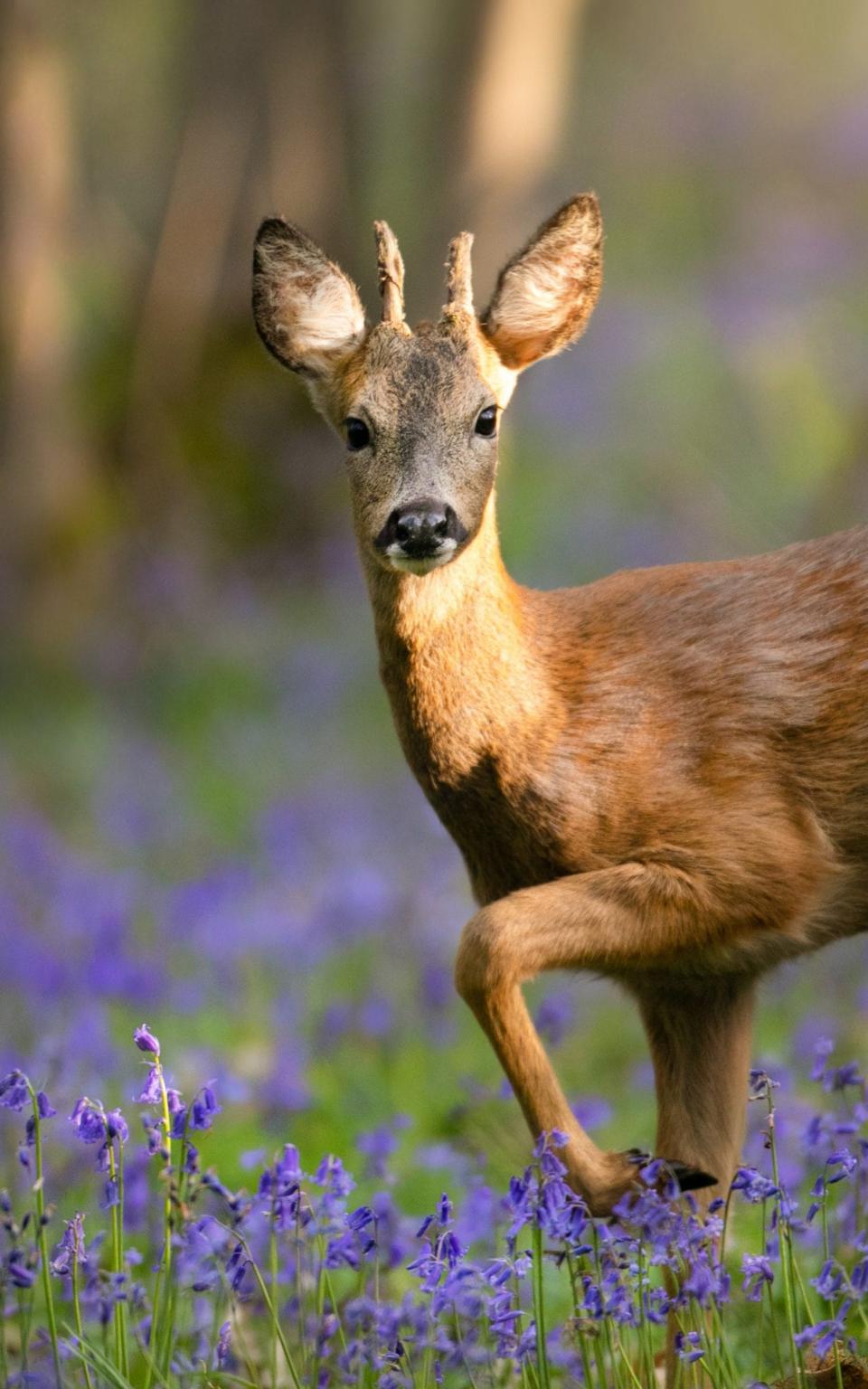
Now open for online booking only, Arlington’s 1100m bluebell walk through Beatons Wood is suitable for wheelchair users, who can enjoy swathes of bluebells established over centuries in ancient deciduous oak wood, with coppiced hornbeam, sweet chestnut and hazel.
This year, my first outing in search of bluebells saw me cycle to the famed Bluebell Wood at Slindon Woods on the Slindon Estate (3500 acres of West Sussex woodland, farmland, downland and villages divided by paths, hedges, lanes and tracks) with my boyfriend’s father John, a keen 84-year-old cyclist who knows the countryside surrounding Chichester and Arundel well.
The experience did not disappoint; our bike ride rewarded us with the discovery of early patches of bluebells under ancient beech trees, holly, yew and ash, soon to take over the woodland floor in all their glory.
Our sense of child-like wonder restored, we cycled on to the delightful Slindon Forge village shop and cafe (slindonforge.com) for coffees and essential supplies.
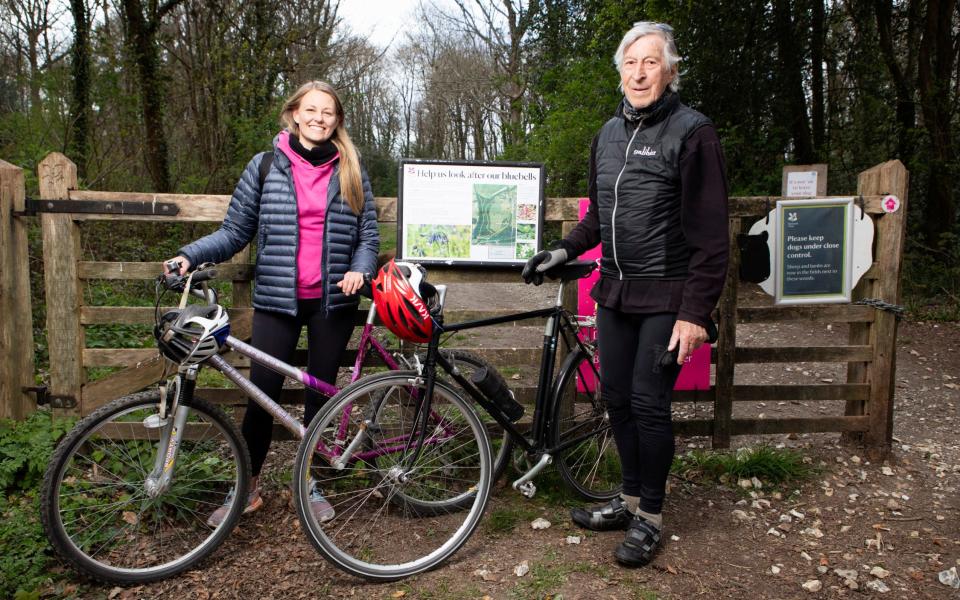
As folklore would have it, it’s unlucky to trample on a bed of bluebells, lest you anger the fairies resting among them. But whether you believe in fairies or not, it’s important to stick to the paths, since bluebells are easily damaged.
If you find yourself at a loose end this spring, setting off on a micro-adventure to see the bluebells while you can is an undeniably wholesome activity I couldn't recommend more.
Five magical places to see the bluebells, according to The Wildlife Trusts
Skomer Island, Pembrokeshire
“My favourite place to see bluebells isn’t a Welsh woodland, but a wild Pembrokeshire island with, amazingly, no trees. During spring, The Wildlife Trusts’ Skomer Island is covered in a display of bluebells so vast that the island appears blue from the mainland. The old fields, the valleys, the cliff tops - no part of the island’s rugged landscape is spared the bluebell explosion.”
Gina Gavigan, The Wildlife Trusts of South and West Wales
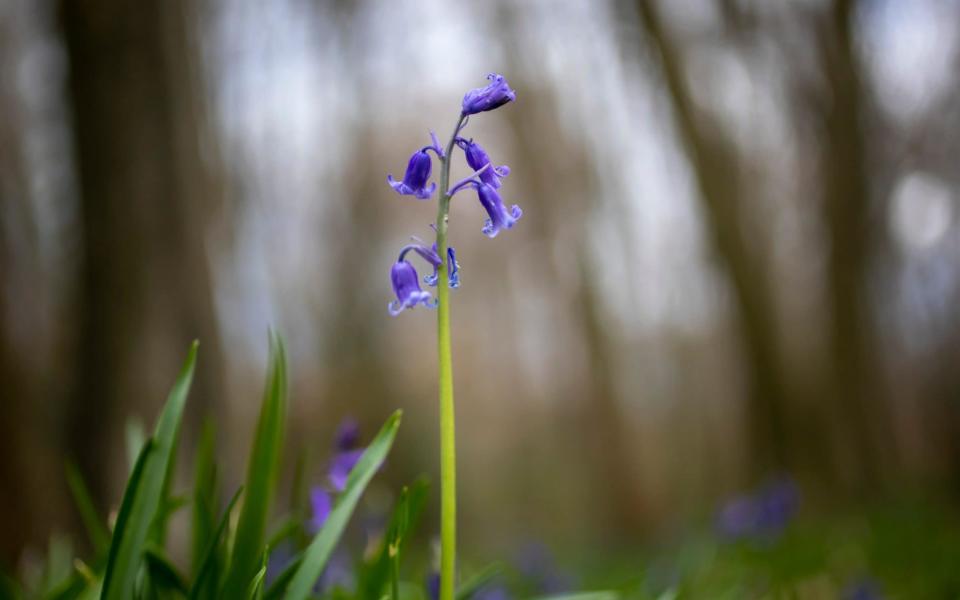
Etherow Country Park, Stockport
“My absolute favourite place to see dainty, drooping bluebells is Etherow Country Park in Stockport. Under mature ash and gnarled oak, the bluebells create a blue ocean within the woodland, which swirls and sways in the summer breeze. The scent they create is tangible, almost edible, a real treat in mid-May. There is something so magical, timeless and so awe-inspiring about bluebell woods. They transport me to another place, another time, where the hustle and bustle stops and serenity reigns.”
Adam Linnet, Wild Communities Officer at Cheshire Wildlife Trust
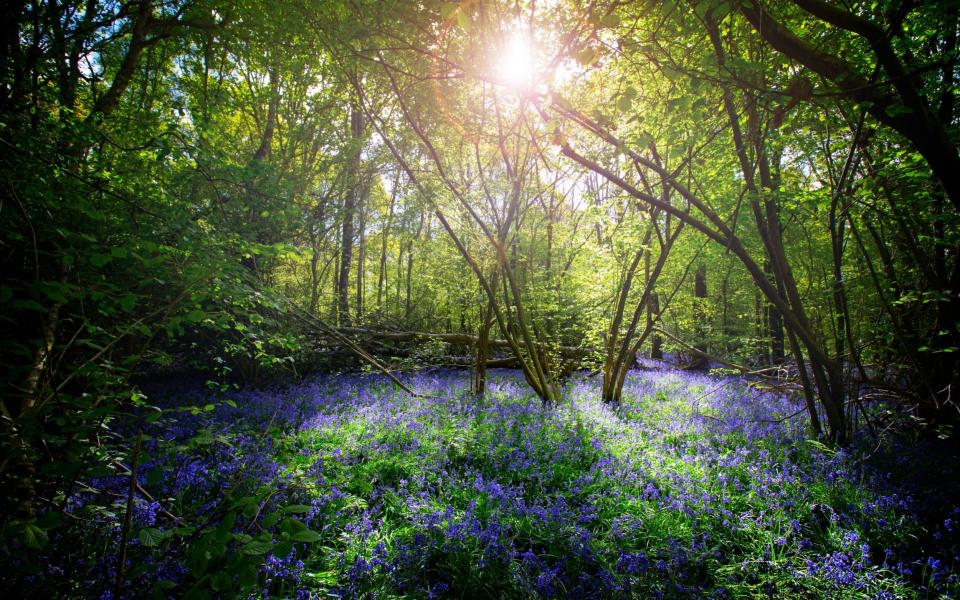
Priors Wood, Avon
"Priors Wood is one of the best spots to see bluebells. It’s part of the carboniferous limestone ridge that runs from Clevedon to Failand in the Gordano Valley. One of the reasons it’s so special is that the trees – mostly oak and hazel – have been left untouched for a long time. The spectacle of those mature trees, combined with the carpet of bluebells, takes my breath away every year. For me, there’s simply nothing better than taking a (socially distanced) cuppa in a thermos and sitting quietly amongst the flowers."
Bernie D’Arcy, Living Landscape Manager, Avon Wildlife Trust
Barkbooth Lot, Cumbria
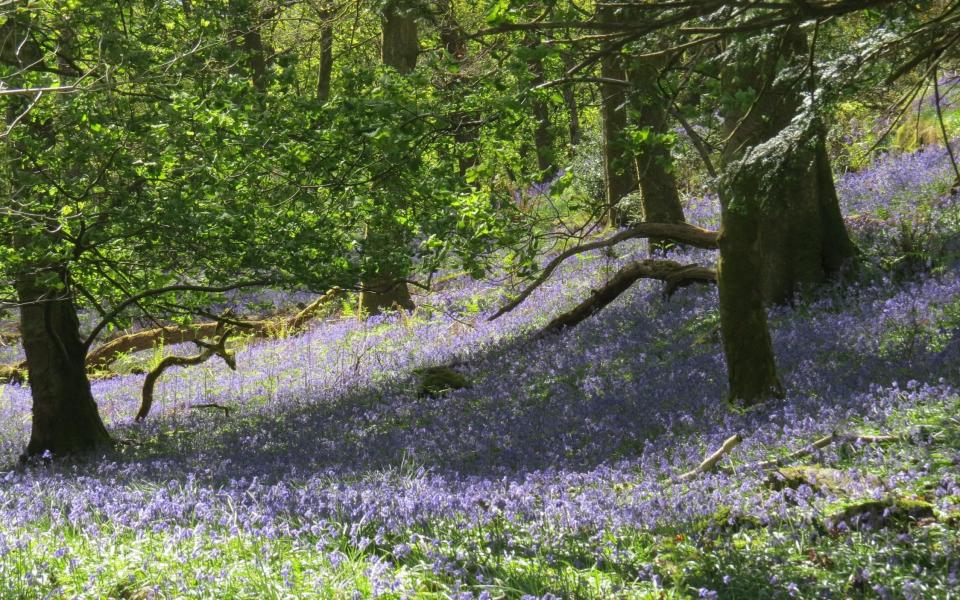
“My favourite place to see bluebells is Barkbooth Lot, a small nature reserve in the southern Lake District, teeming with wildlife. Every spring there’s a luxurious, continuous carpet of bluebells that form a low, blue-grey mist across the woodland floor. At the same time, the woodlands explode with birdsong. Residents such as great-spotted woodpecker, treecreeper, nuthatch and marsh tit are joined by migrants from afar, including blackcap, chiffchaff, restart and pied flycatcher. I love to come here as sun rises to hear the cacophony of the dawn chorus build. Listening to the birds, while surrounded by glorious bluebells, makes it one of most special events of the spring.”
Joe Murphy, Senior Reserves Officer, Cumbria Wildlife Trust
For more free-to-enter places to see the bluebells with The Wildlife Trusts, visit wildlifetrusts.org/where_see_bluebells. The Wildlife Trusts have launched a £30 million appeal to kickstart nature’s recovery across 30 per cent of land and sea by 2030 wildlifetrusts.org/30-30-30

